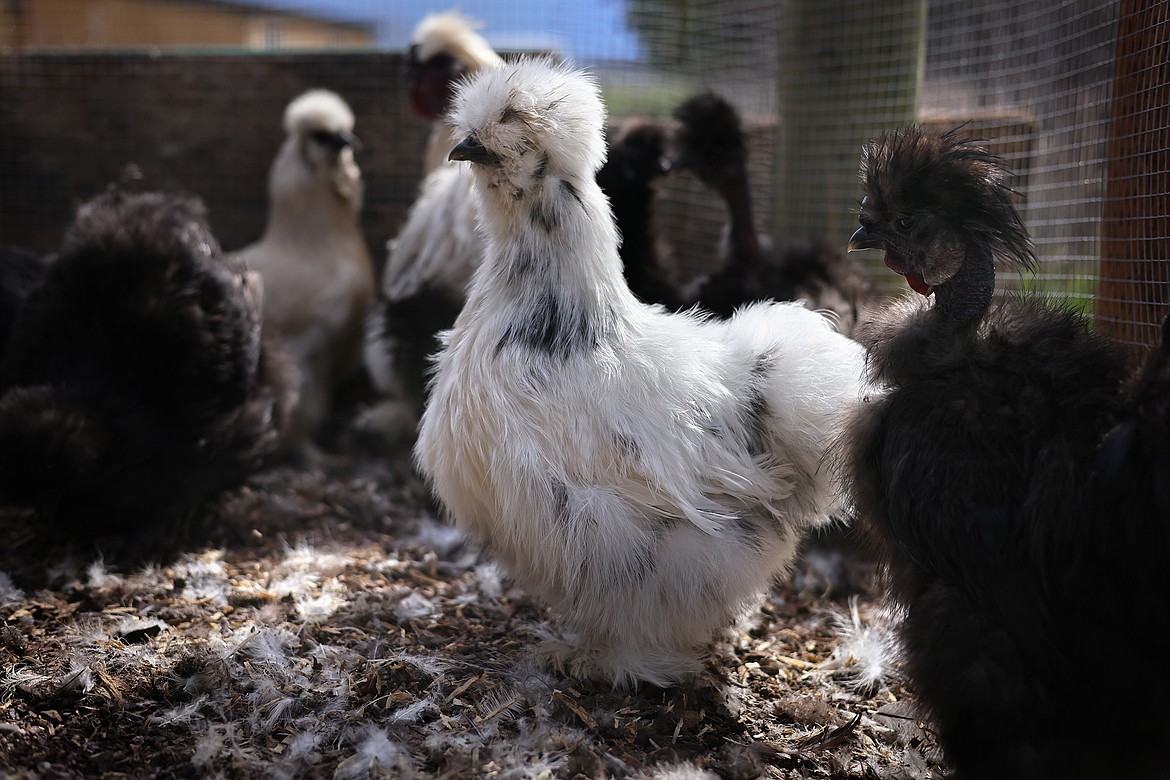Avian flu strikes Flathead Valley
Avian influenza has landed in the Flathead Valley.
According to a press release from the Montana Department of Livestock (MDOL), Highly Pathogenic Avian Influenza (HPAI) was confirmed in a Flathead County backyard poultry flock consisting of seven animals Monday, July 24.
First detected in domestic birds in Indiana on Feb. 8 of this year, the new avian influenza strain had been detected in wild birds in Newfoundland and Labrador in eastern Canada in December 2021. First being detected in the eastern United States in January 2022, as of Friday morning, the virus had been found in domestic bird operations in 38 states, infecting 398 flocks and affecting more than more than 41 million birds.
This is the 10th HPAI affected Montana flock linked to a 2022 wave of HPAI infections in the United States traced to seasonal migrations of wild birds and the first confirmed case in the state since infected flocks were found in Gallatin, Pondera and Fergus counties April 29.
“With over two months since our last case of HPAI in the state, we had hoped that avian influenza was behind us,” Montana State Veterinarian Marty Zaluski said. “Unfortunately, the risk seems to persist, and poultry owners should continue to practice enhanced biosecurity measures. It looks like this strain of avian influenza this year is a bit more sticky than the last outbreak we had in 2015.”
Normally found in migratory waterfowl (swans, geese, ducks, etc), avian influenza is rarely harmful to those species but is deadly to domestic chickens and turkeys as well as wild raptor species.
Avian influenza is an infectious viral disease of birds that can cause high mortality rates in domestic flocks. Migratory waterfowl are the primary source for the virus. Wild birds can be infected and appear healthy but shed virus in feces, saliva and respiratory secretions. Domestic poultry are sickened through direct contact with infected wild birds, or through contact with contaminated objects and equipment or the environment.
When birds like turkeys or chickens get infected with the disease, they start to show symptoms, such as depression, coughing and sneezing, and sudden death. Such was the case with the Flathead Valley flock.
“The owner reported sudden death of their animals. The animals were submitted to the Montana Veterinary Diagnostic Laboratory, where they were confirmed to have highly pathogenic avian influenza,” Zaluski said. “We are not aware of any additional flocks that are infected and we depopulate the infected flocks to reduce the chance of transmission to other properties. The risk is really from above and not from neighbors.”
Infected flocks are placed under quarantine and owners are required to depopulate all remaining birds on the premises to prevent further spread. Flock owners are eligible to receive indemnity on birds from the U.S. Department of Agriculture. Depopulation of the Flathead flock is expected to begin this week.
The Montana Department of Livestock is conducting an epidemiological investigation and will be identifying other poultry producers in the area to conduct disease surveillance and to provide educational resources.
The department encourages all poultry producers to immediately report sudden onset of illness or high death loss in domestic poultry to their veterinarian or the department at (406) 444-2976. Those who find sick or dead wild birds that have died from unknown causes are urged to contact their local FWP Warden, Biologist or Regional office, or call the FWP wildlife veterinarian (406-577-7880).
The MDOL continues to encourage poultry producers to implement the following biosecurity measures to protect flocks:
Prevent contact between wild or migratory birds and domestic poultry, including access by wild birds to feed and water sources.
House birds indoors to the extent possible to limit exposure to wild or migratory birds.
Limit visitor access to areas where birds are housed.
Use dedicated clothing and protective footwear when caring for domestic poultry.
Immediately isolate sick animals and contact your veterinarian or MDOL.
“The risk is still there and therefore owners need to continue to practice enhanced biosecurity, but I think the risk has decreased from what it was a few months ago. For that, we can be grateful,” Zaluski said.


